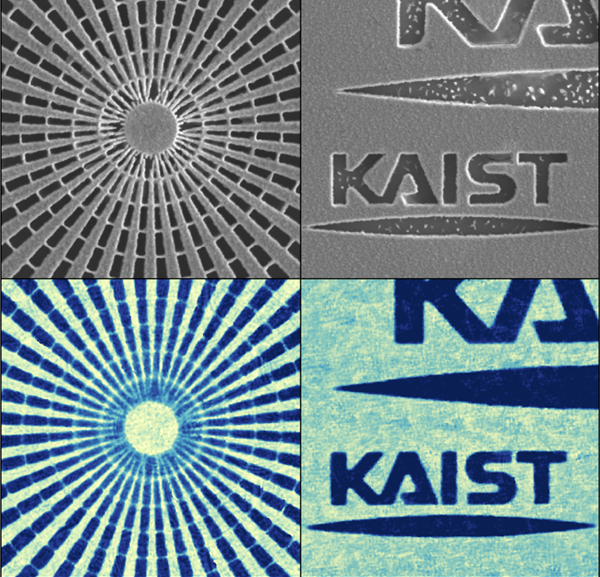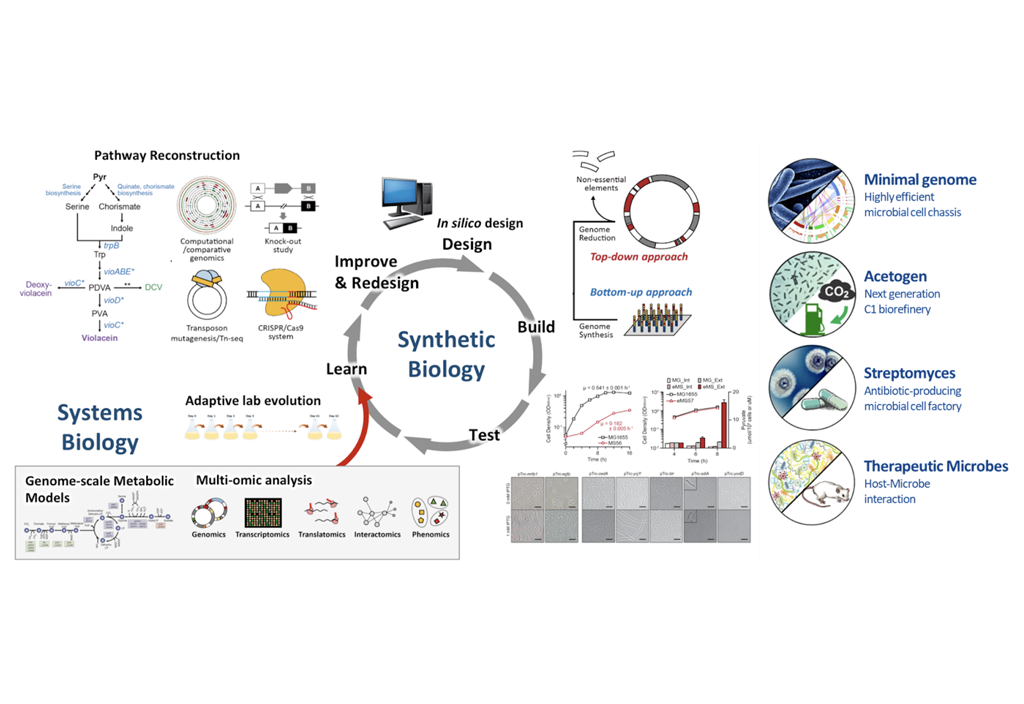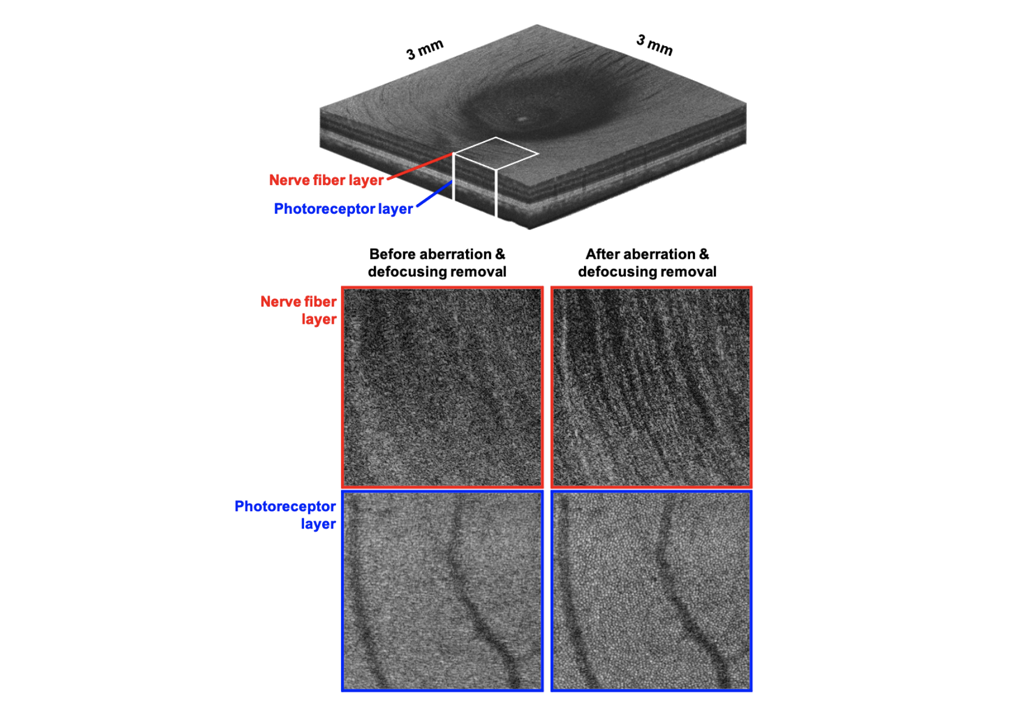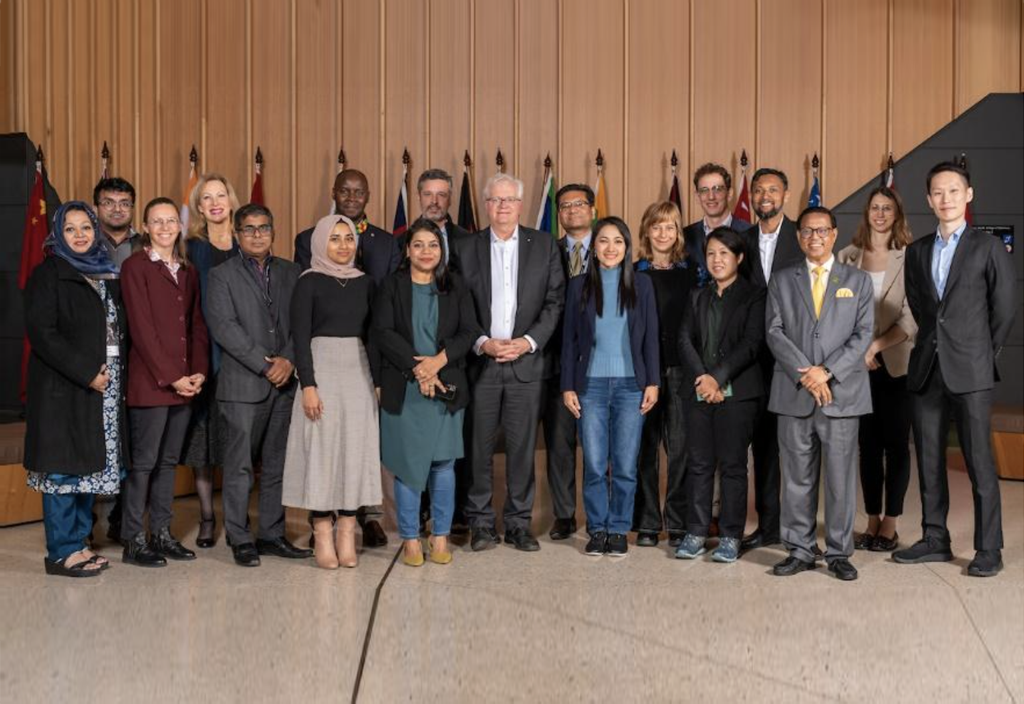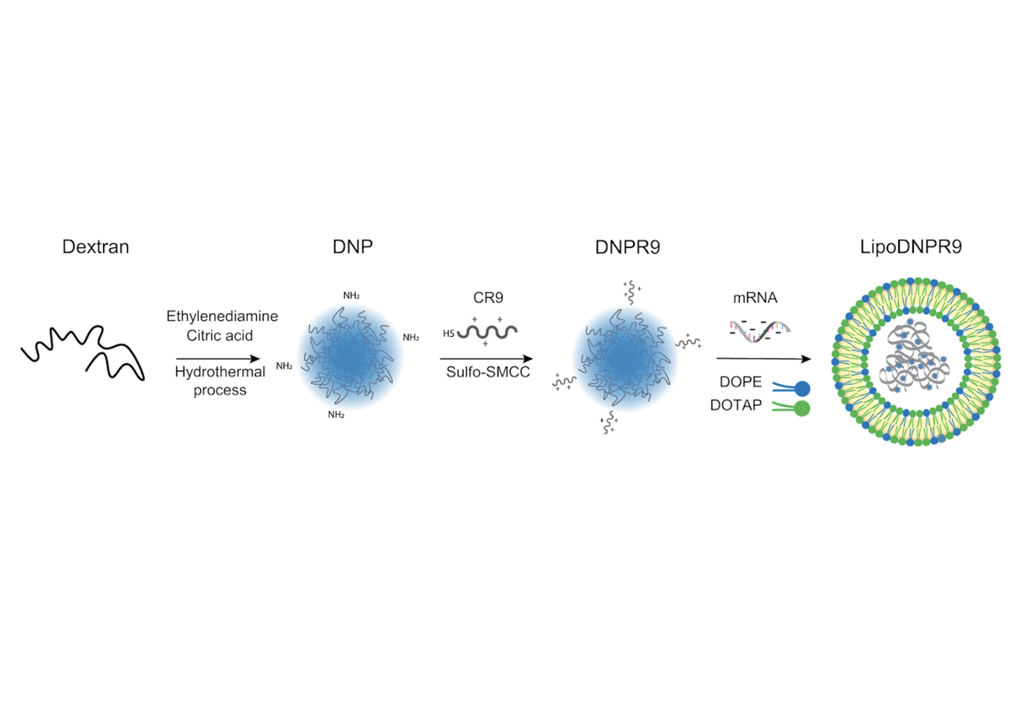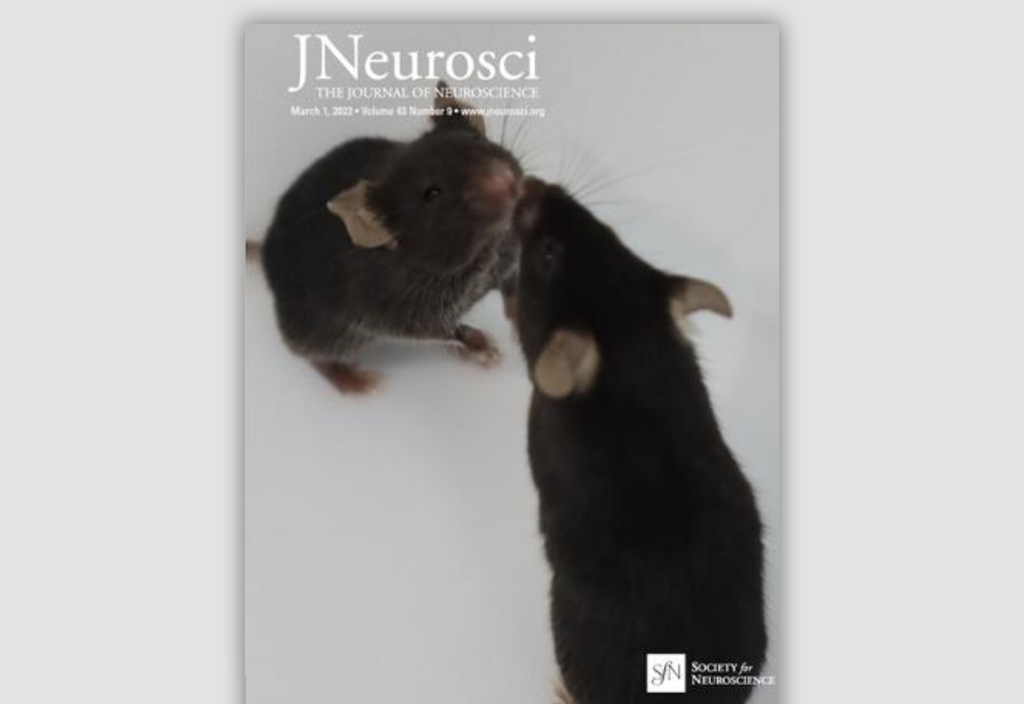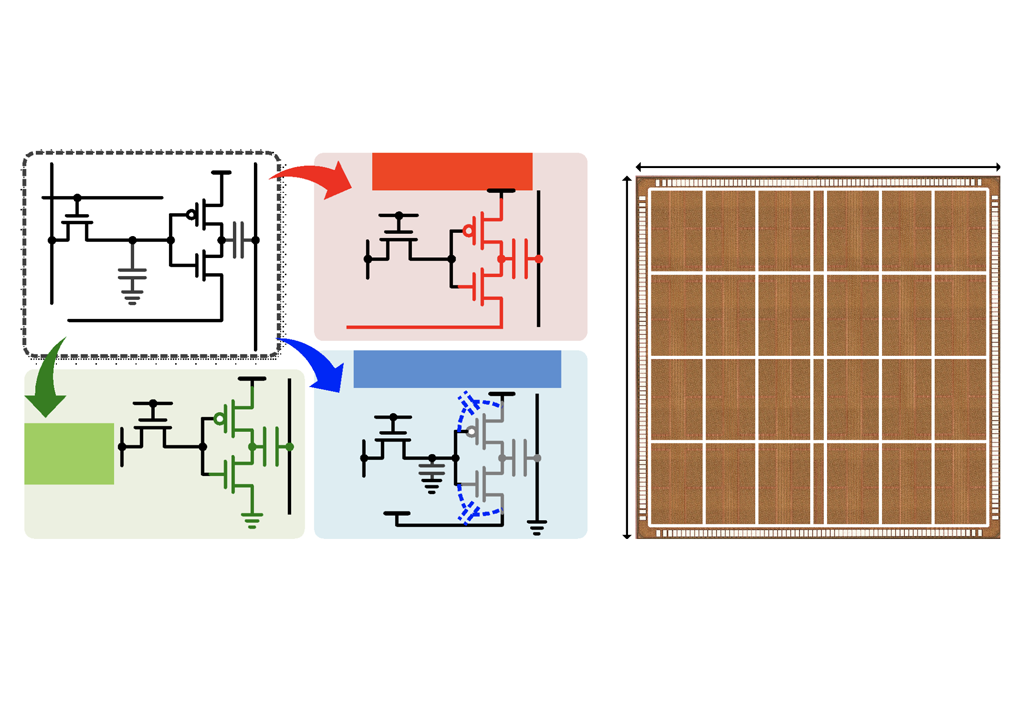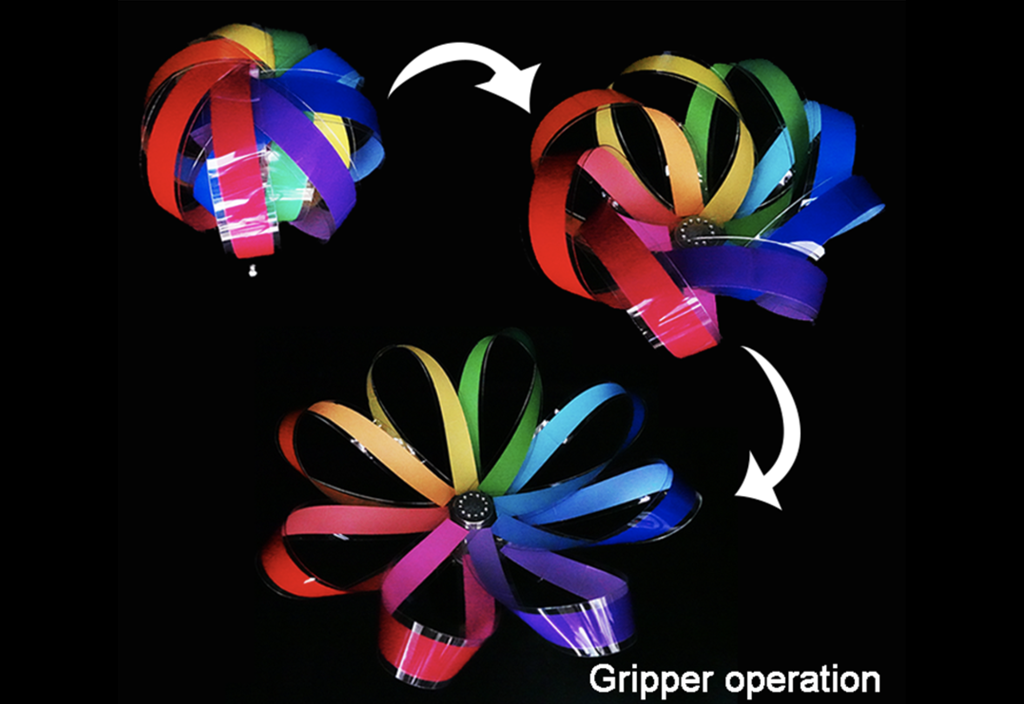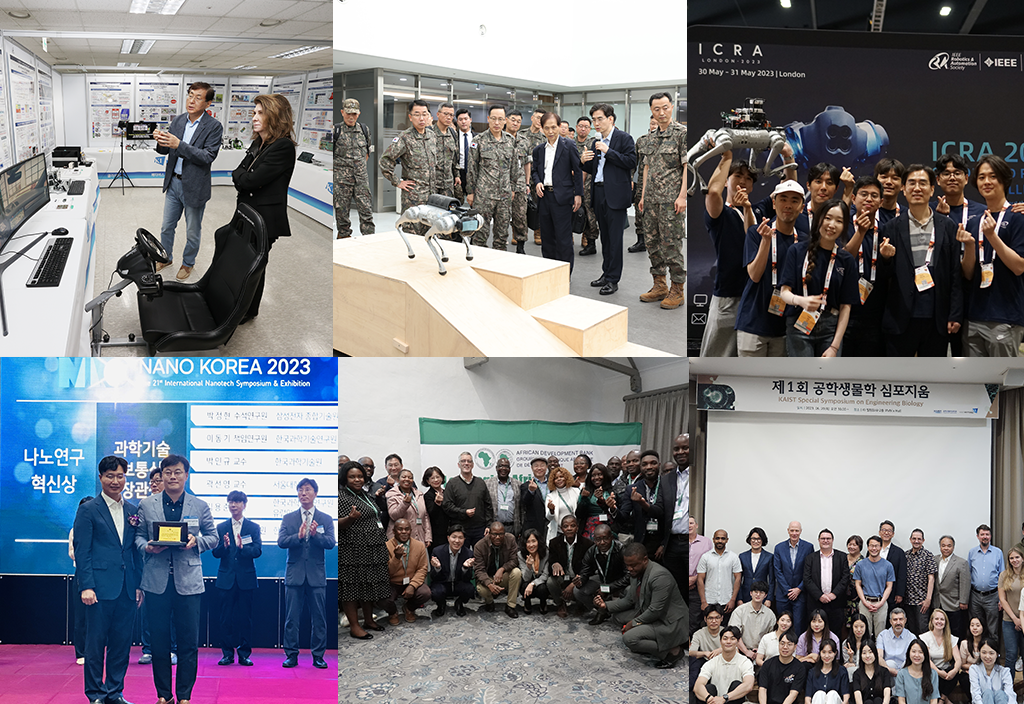- KAIST MatriX
- The official newsletter of KAIST Institutes
- kmatrix.kaist.ac.kr
-
share newsletter
High-resolution quantitative X-ray phase nanoimaging based on cutting-edge optical imaging methods
Prof. Park’s group has developed a novel high-resolution quantitative X-ray phase imaging system that can overcome two long-standing challenges in X-ray nanoimaging: the limitations in image resolution and the instability of phase retrieval methods. They applied optical imaging techniques that they have recently developed in the same group. The imaging systems have been successfully tested in both...read more
Featured Activities
-
Introduction to KI
KI for Biocentury
The Systems and Synthetic Biology Lab (SSBL) focuses on research and engineering of microbial cells for the production of biochemicals and pharmaceuticals.
-
Research Highlight
Wide-Field Three-Dimensional Depth-Invariant Cellular-Resolution Imaging of the Human Retina
Prof. Wang-Yuhl Oh’s group has developed, for the first time, a cellular-resolution imaging technology in a wide field human retina at all three-dimensional locations.
-
Research Highlight
Energy-Efficient Electrified Direct Air Capture (e-DAC)
"Electrified Fiber Sorbent" by Prof. Dong-Yeun Koh’s group offers a breakthrough in Direct Air Capture (DAC) technology, using electricity for efficient sorbent regeneration. Recognized by an RD100 Award, it is a step towards "Negative Emissions."
-
Research Highlight
AI for Social Good Summit: Mobilizing Artificial Intelligence for Maternal Health in Bangladesh
KPC4IR’s Dr. Cornelius Kalenzi presented a paper at the AI for Social Good Summit, which brought together academics and government representatives to showcase joint research outcomes to enhance well-being in Southeast Asia
-
Research Highlight
Effective mRNA Delivery by Condensation with Cationic Nanogels Incorporated into Liposomes
Prof. Chung’s group has developed an mRNA delivery system using cationic nanogels as a condensing material for mRNA and a lipid-based nano-formulation.
-
Research Highlight
Sex-specific effects of social isolation on shaping social behavior and maturing cortical neurons during adolescence
Prof. Lee’s group found adolescent social isolation dampens sociability and cortical maturation only in female mice. They performed anatomical, physiological, behavioral, genetic knock-out, and optogenetic studies to prove that the expression of a specific gene, parvalbumin, in GABAergic neurons is important for shaping sociability in female mice.
-
Research Highlight
An eDRAM In-Memory-Computing-Based Reconfigurable Spatial Accelerator with Triple-Mode Cell for Dynamic Resource Switching
A research team led by Prof. Yoo at KAIST ITC has developed DynaPlasia, an in-memory computing (IMC) semiconductor that performs artificial intelligence operations by integrating a computing logic directly inside a DRAM memory cell.
-
Research Highlight
Ultra-strong soft gripper that lifts 100kg with 130g
Prof. Lee’s group, in collaboration with KIST, innovated a lightweight, cost-effective soft robotic gripper capable of securely holding 100kg objects, promising enhanced utility in various domestic and industrial applications.
-
Research Highlight
2.5D Laser-Cutting-Based Customized Fabrication of Long-Term Wearable Textile sEMG Sensor
Prof. Jung Kim’s group has developed a 2.5D laser cutting method to accelerate customized sEMG sensor fabrication from design to production. sEMG sensors measure human muscle activity and are widely used in wearable systems for human-machine interaction. In order to use sEMG sensors for a long time in daily life, it is necessary to develop a sensor that can be customized and worn easily and does not affect the signal due to movement. This customizable textile-based sEMG sensor provides high wearing comfort and improves the sensor signal quality through stable contact.
-
Research Highlight
A new toughening strategy for self-healing polymer
Prof. Kang’s group has developed a new toughening strategy for self-healing polymers crosslinked by metal–ligand coordination using mixed counter anion dynamics. This strategy concurrently and significantly enhances their mechanical toughness and self-healing efficiency.
-
Activity
Featured Activities in Fall 2023
Visitor KIB 2023.04.11 Ajou University School of Medicine Prof. Seokhwi Kim visited for a seminar lecture on bidirectional crosstalk between cancer cells and cancer-associated fibroblasts elicits transcriptomic characteristics of pancreatic cancer with potential therapeutic strategies KIB 2023.04.19 Professor Ahn Myeong-ju of Sungkyunkwan University Discussed research progress and cooperation issues (landscape of lung cancertreatment) KIITC 2023.05.19

291 Daehak-ro Yuseong-gu Daejeon, 34141, Republic of Korea
Partnered with KAIST Breakthroughs and KAIST Compass




